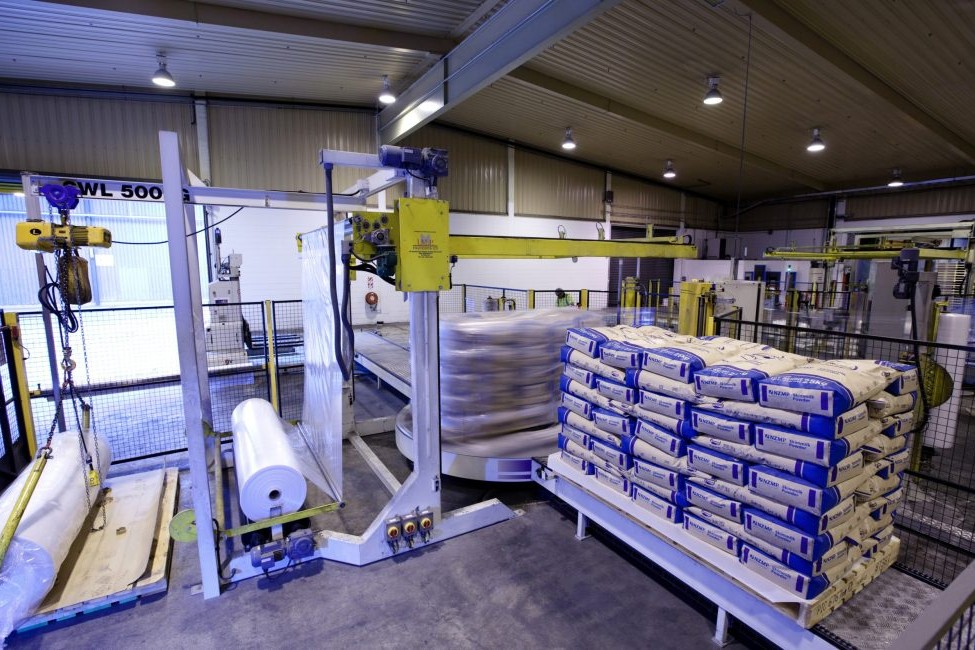Volatility in world dairy markets supply and demand are making for a cloudy crystal ball, NZX Agri senior dairy analyst Amy Castleton reports.
Volatility is the name of the game at the moment. The market is changing quickly and it’s difficult for anyone to know where to place themselves.
Oceania dairy commodity prices were effectively unchanged on month-earlier levels by the end of May. Prices eased 0.8% at the May 5 Global Dairy Trade (GDT) event and then lifted 1% at the May 19 event. This left the GDT Price Index up just one point from where it was on April 21.
Demand is mixed across commodities; however there is some evidence of a recovery in certain regions. China has been buying, though it has been more of a case of being present rather than strengthening demand. South East Asia, the Middle East and Africa all seem to be back in the market, having lifted their buying activity in the May 19 GDT event, as well as off-platform.
The dairy market also seems to have turned around somewhat in the Northern Hemisphere. Both the United States and the European Union have been in a state of having too much milk to meet demand, and in some cases being unable to even process all the available milk. However, a combination of government measures and increasingly dry conditions in Europe has meant that supply now seems to be adequate.
 The United States government has announced several measures to support its domestic industry, largely buying finished products for distribution. The USDA announced in mid-May that it would buy a greater amount of food products for its food parcel distribution programme than initially flagged, which for the dairy industry has suddenly meant there is a place for all the extra milk it has been producing to go.
The United States government has announced several measures to support its domestic industry, largely buying finished products for distribution. The USDA announced in mid-May that it would buy a greater amount of food products for its food parcel distribution programme than initially flagged, which for the dairy industry has suddenly meant there is a place for all the extra milk it has been producing to go.
European milk supplies meanwhile are not growing quite as quickly as previously expected, as dry conditions have started in several places. Farmgate milk prices have started to drop – reducing incentive to produce much more milk than usual. The European government has also opened storage schemes – private storage aid and intervention – for skim milk powder, cheese and butter which are helping to stabilise the market. Prices had been falling quickly in Europe but started to flatten out through May as the government support measures were announced.
The volatility is likely to continue as countries come out of their lockdowns and enter a new normal. It will take some time to figure out what products are still in demand and where the buying is occurring.
This makes it difficult to forecast for the season ahead. Fonterra noted exactly this in its Q3 business update in late May, commenting “COVID-19 adds significant uncertainty into the process of forecasting what will happen with global dairy prices over the next 15 months. For that reason, we are setting the opening 2020-21 forecast Farmgate Milk Price range at $5.40 – $6.90/kg MS. The wider range reflects the increased uncertainty we face in the coming season.” The mid-point of Fonterra’s range – $6.15/kg MS – is close to NZX’s forecast for next season, which sits at $6.20/kg MS.





